MORINGA OLEIFERA: NATURE'S MARVEL
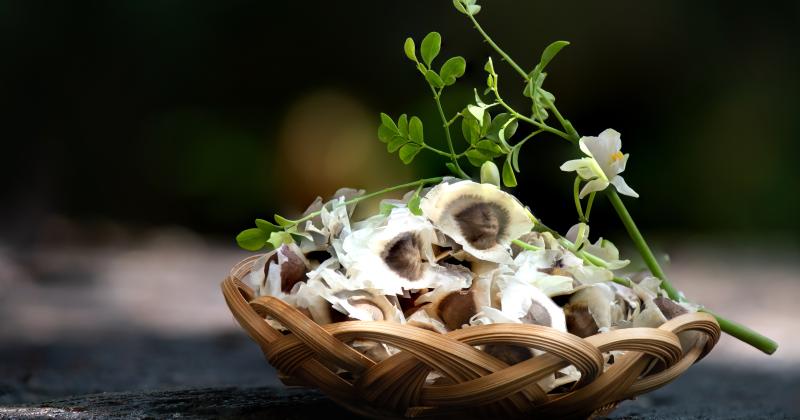 />
/>
Moringa Oleifera belongs to the Moringaceae family and is native to the sub-Himalayan regions of India, Pakistan, Bangladesh, and Afghanistan. This fast-growing, drought-resistant tree can reach heights of up to 10 meters (33 feet). read more ›
MAQUI BERRY: A SUPERFRUIT PROFILE
 />
/>
The Maqui berry belongs to the Elaeocarpaceae family and grows on an evergreen shrub that can reach between 3 to 5 meters in height. Its leaves are oval-shaped, and the flowers are small and white, leading to the development of its distinctive deep purple berries. read more ›
EXPLORING MAITAKE: UNVEILING THE MYSTERIES
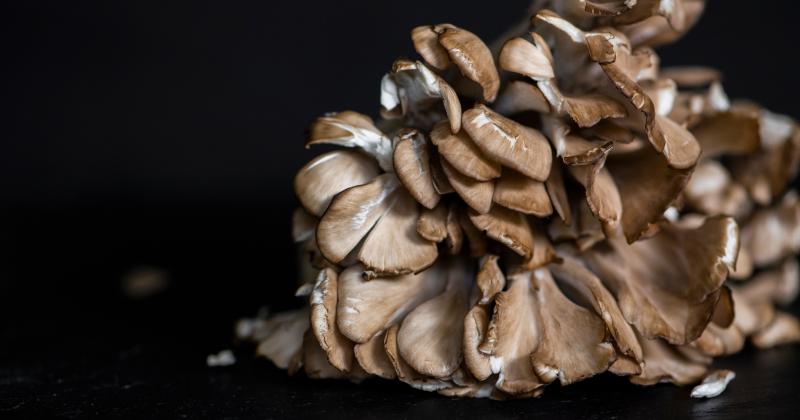 />
/>
Maitake is rich in bioactive compounds, including polysaccharides like beta-glucans, which are known for their immune-supporting properties. It also contains amino acids, vitamins (such as B-complex and C), minerals (including potassium, calcium, and magnesium), and fibers. read more ›
VANILLA: A FLAVORFUL AND AROMATIC JOURNEY
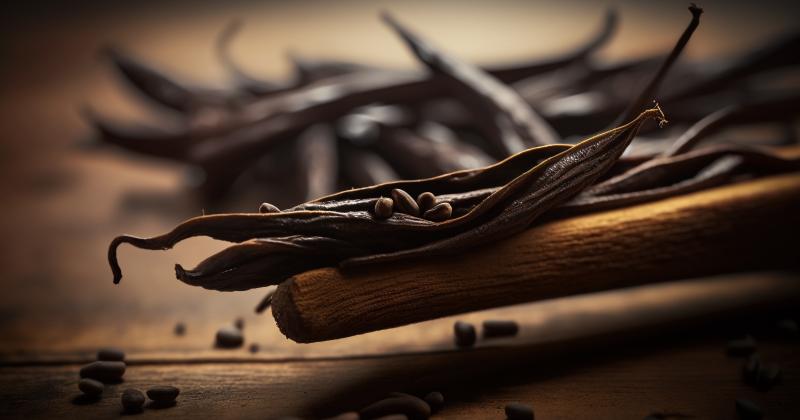 />
/>
Vanilla was first cultivated by the Totonac people of Mexico. The Aztecs later acquired vanilla when they conquered the Totonacs in the 15th century, using it to flavor their chocolate drink, xocolatl. Europeans were introduced to vanilla in the 16th century after Spanish conquest. Initially, it was a luxury item, but with modern cultivation methods, it has become more widely available. read more ›
RASPBERRY ESSENTIALS: THE WORLD OF RUBUS IDAEUS
 />
/>
Raspberries are a rich source of various nutrients and phytochemicals. They contain essential vitamins such as Vitamin C, Vitamin E, and folic acid. Minerals like potassium, magnesium, and calcium are also present in significant amounts. read more ›
BITTER ORANGE: EXPLORING THE ENIGMATIC CITRUS
 />
/>
Bitter Orange has a rich historical background, dating back centuries. It is believed to have been introduced to Europe by Arabian traders during the Middle Ages. The fruit quickly gained popularity for its culinary and medicinal uses. Bitter Orange was also a symbol of good fortune and prosperity in various cultures. In addition to its culinary contributions, the fruit's essential oil has found applications in perfumery, adding a zesty and refreshing note to fragrances. read more ›
DOGWOOD: A DELICATE BEAUTY WITH REMARKABLE QUALITIES
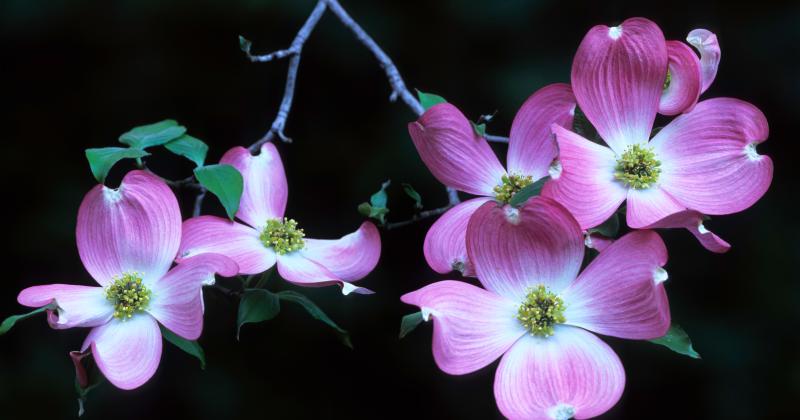 />
/>
Dogwood (Cornus florida) belongs to the Cornaceae family. It is a deciduous tree that can grow to a height of 15 to 30 feet, displaying a broadly pyramidal shape. The distinctive feature of the dogwood is its striking white or pink flowers, which appear in early spring before the leaves emerge. These flowers are actually bracts, modified leaves that surround the true flowers, which are small and inconspicuous. read more ›
TARRAGON: A CULINARY HERB WITH A WEALTH OF TRADITION AND FLAVOR
 />
/>
The use of tarragon dates back centuries and is interwoven with a tapestry of folklore and practical application. Believed to have originated in Asia, tarragon found its way to Europe where it became a staple in many cuisines, especially French. It was traditionally used to stimulate the appetite and was a common component in the gardens of monasteries where herbs were cultivated for both seasoning and preservation. read more ›
TEASEL: AN EXPLORATION OF ITS NATURE AND TRADITIONAL USES
 />
/>
Historically, teasel has had a multifaceted role in human activities. The dried heads of the plant were once widely used in textile processing to raise the nap on fabrics, a process known as 'teasing'. This historical use is so significant that it has influenced the common name of the plant. In traditional folk practices, teasel was revered for various purposes, including use in certain rituals and ceremonies. Its role in folklore is often as intriguing as its physical appearance. read more ›
THE FIERY WORLD OF TABASCO PEPPER: A BOTANICAL AND CULTURAL EXPLORATION
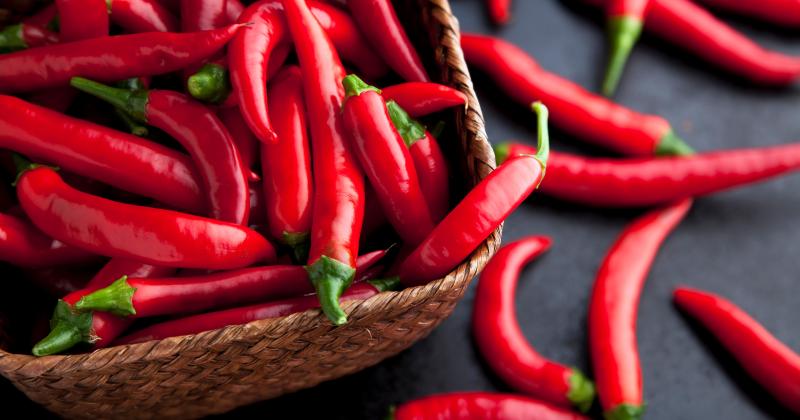 />
/>
While the Tabasco pepper is often celebrated for its zesty flavor, it's also worth noting its general health benefits. The capsaicin in Tabasco peppers can contribute to metabolic health by promoting fat burning and energy expenditure. The high content of vitamin C aids in bolstering the immune system, while vitamin A supports eye health. read more ›
GOLDEN BLOOMS OF WELLNESS: UNVEILING THE SECRETS OF AVARAM
 />
/>
Cassia auriculata belongs to the Fabaceae family, a family rich in flowering plants primarily recognized for their pod-bearing fruit. Avaram is a small, shrub-like plant, usually growing to a height of 1-2 meters. The leaves are compound, with oblong leaflets that are smooth on the surface. Its bright yellow flowers, arranged in dense racemes, are one of its most defining features. The plant also bears seed pods which are curved, smooth, and green to brown in color. read more ›
DAIKON: AN INSIGHT INTO THE VERSATILE RADISH
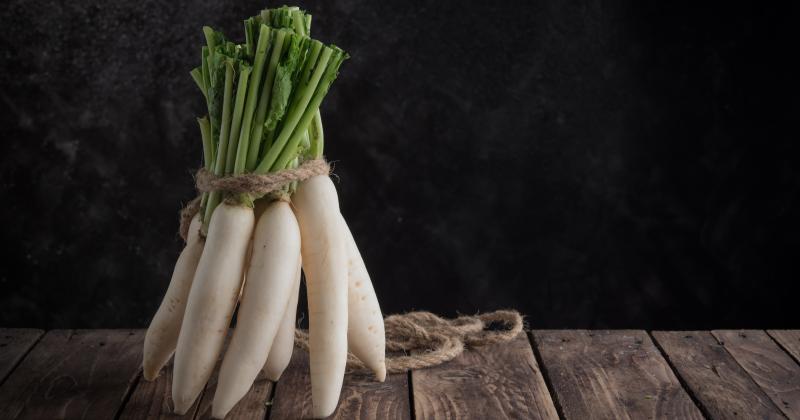 />
/>
Daikon, also known as the white radish or winter radish, is a root vegetable that is native to Southeast and East Asia. Morphologically, daikon boasts a long, cylindrical shape that tapers to a point. Its skin is smooth and ranges in color from white to pale green, while its flesh is crisp, juicy, and stark white. read more ›
ESPINHEIRA SANTA: NATURE'S BLESSING
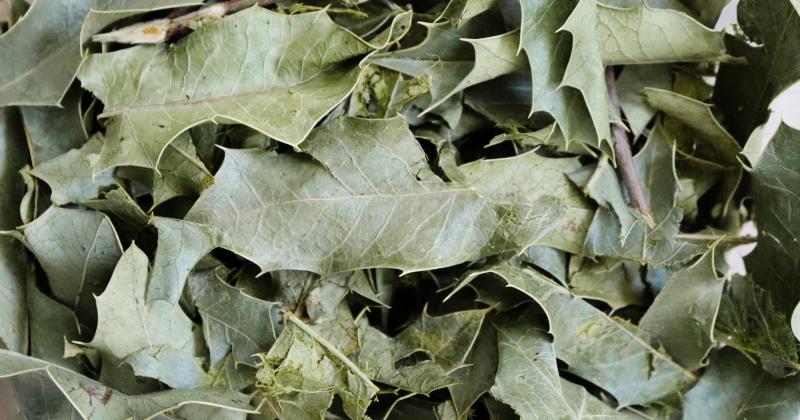 />
/>
Espinheira Santa, scientifically known as Maytenus Ilicifolia, is a plant indigenous to South America, particularly in the rainforests of Brazil, Argentina, and Paraguay. It is a medium-sized shrub or small tree that can reach heights of up to 5 meters. read more ›
THE ALLURING WORLD OF RED LENTILS: AN OVERVIEW
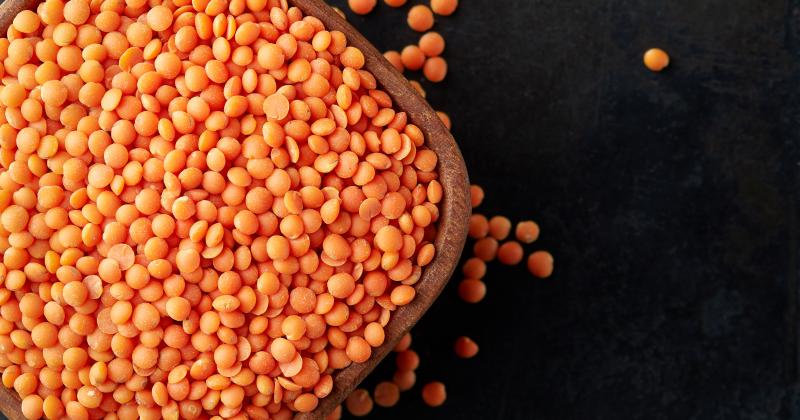 />
/>
Red lentils, with their vibrant hue and myriad of health benefits, have been a staple in many global cuisines for thousands of years. Beyond just being a food source, they are a testament to the interconnectedness of culture, history, and nature. read more ›
ALOE VERA
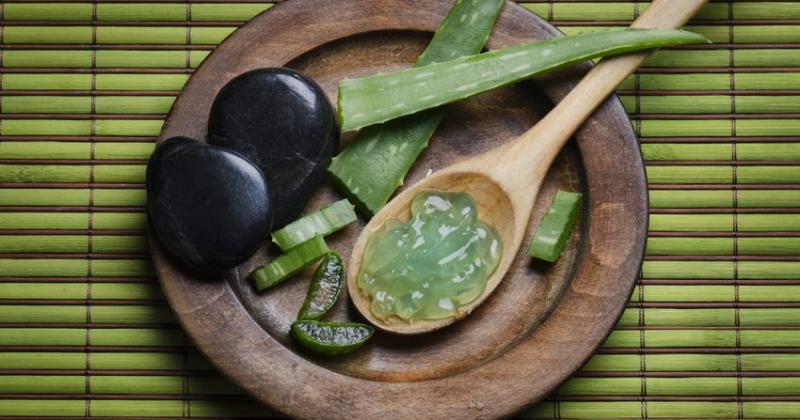 />
/>
The genus name Aloe is derived from the Arabic word alloeh, meaning "bitter and shiny substance" or from Hebrew אוהלים ahalim, plural of אוהל ahal. The specific epithet vera comes from verus meaning "true" in Latin. 2000 years ago, the Greek scientists regarded Aloe vera as the universal panacea. The Egyptians called Aloe “the plant of immortality.” Today, the Aloe vera plant has been used for various purposes in dermatology. read more ›
Showing 1 to 15 of 15 (1 Pages)
